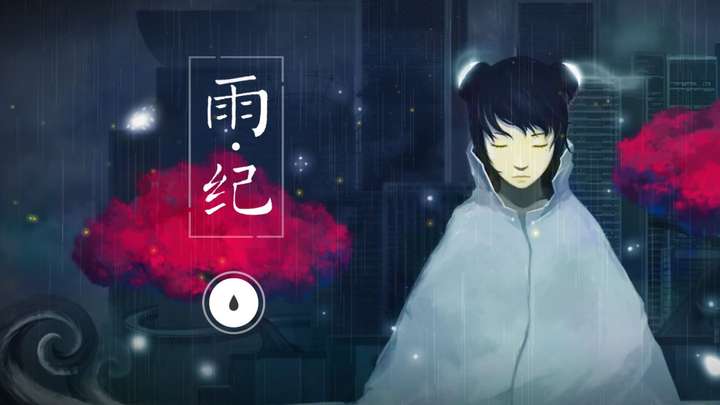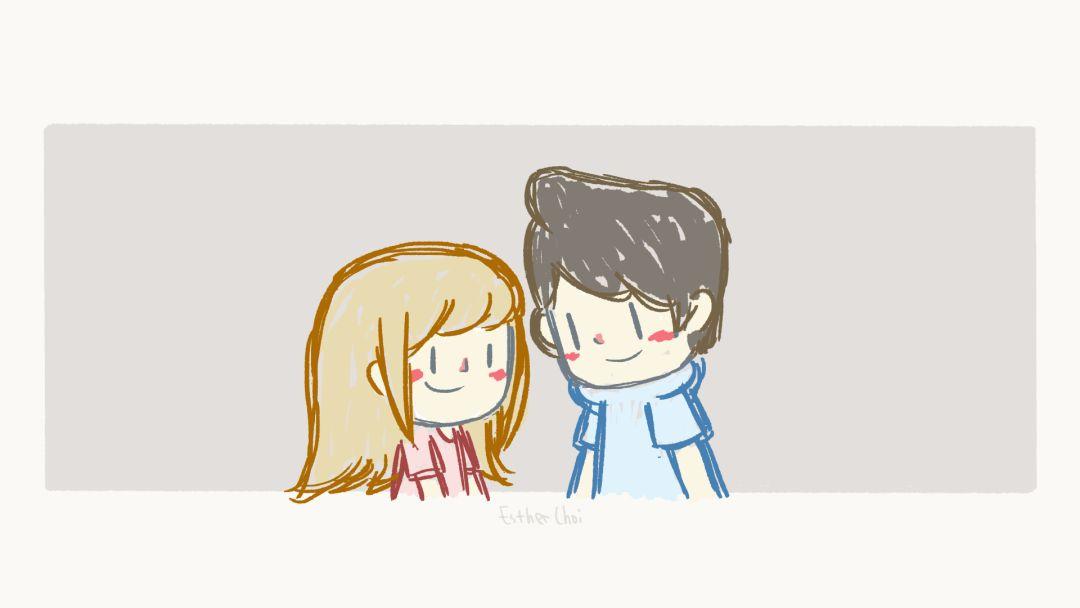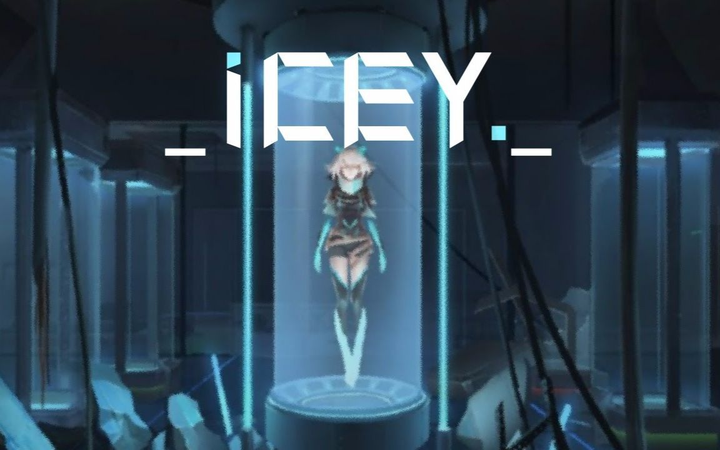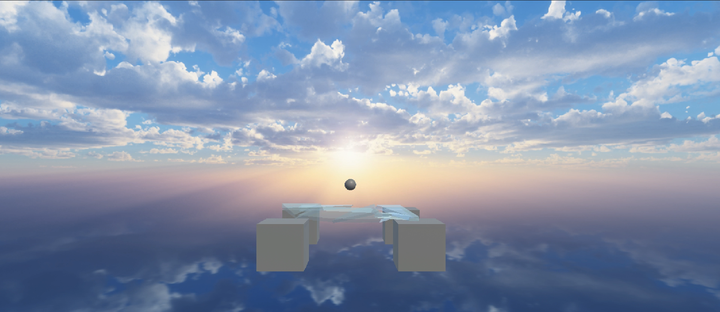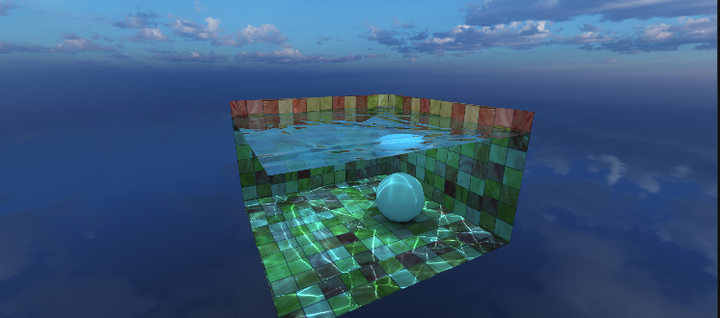Monument Valley Series
Written before
In 2014, Monument Valley emerged and remains the pinnacle of this type of game to this day. The background story of the game needs to be verified, but I believe that players will have their own understanding of every words and phrases they encounter during the gameplay. (This recommendation only pertains to the first generation Monument Valley. Compared to the second generation and the third generation currently under production, the release of the first generation gives a sense of shock, and subsequent works only have some moderate derivatives based on it.
Game features
What is the most attractive point in the game to you? Fresh art style, unique parallax, and friendship with totems? Whether you are confused without entering or have memories after entering, please let me briefly state.
About art style
Many people appreciate the art style of Monument Valley, but few are likely aware of it as a 3D art style called Lowpoly, characterized by low details, large and rough surfaces, high rendering, and often accompanied by soft lighting effects. Instead of constantly simulating to achieve realistic effects, abstract expression is also a way out.
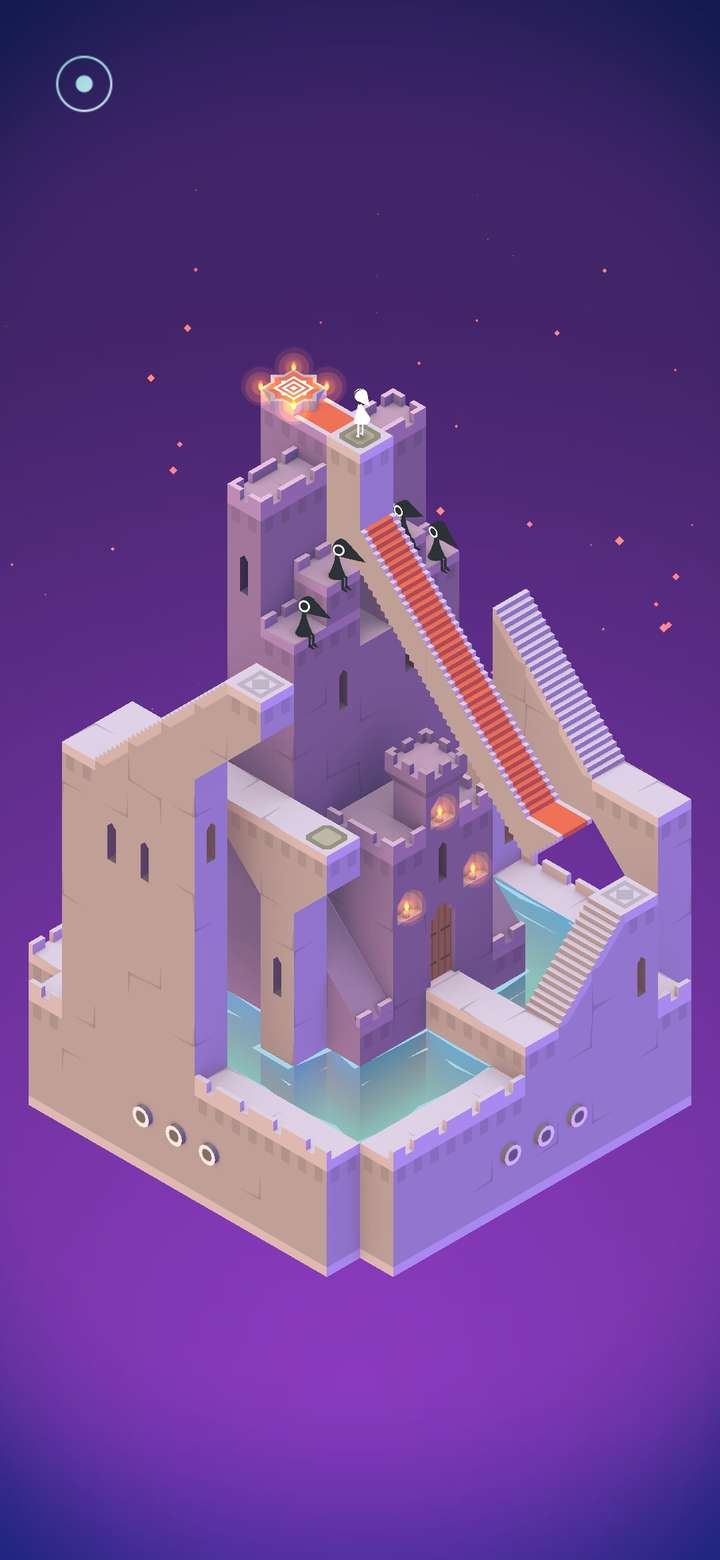
Lowpoly's performance in the game
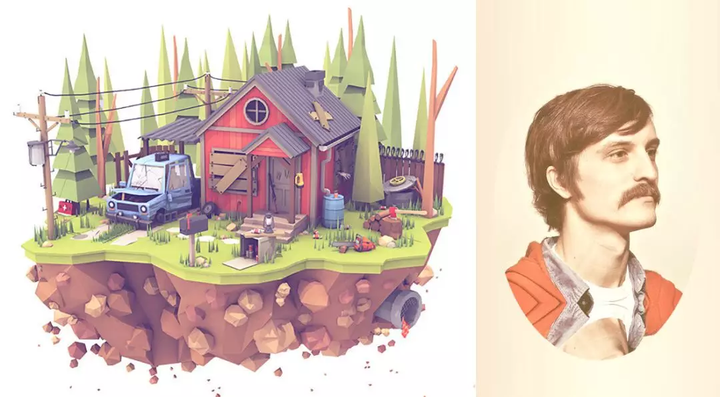
Timothy J. Reynolds and his design work
About parallax
This brings us to the idea that Ustwo Games Ltd adheres to in its development: See things in different angles! It is also the core of technical implementation. The specific technical implementation will not be elaborated here, and parallax constitutes the core gameplay of the game.
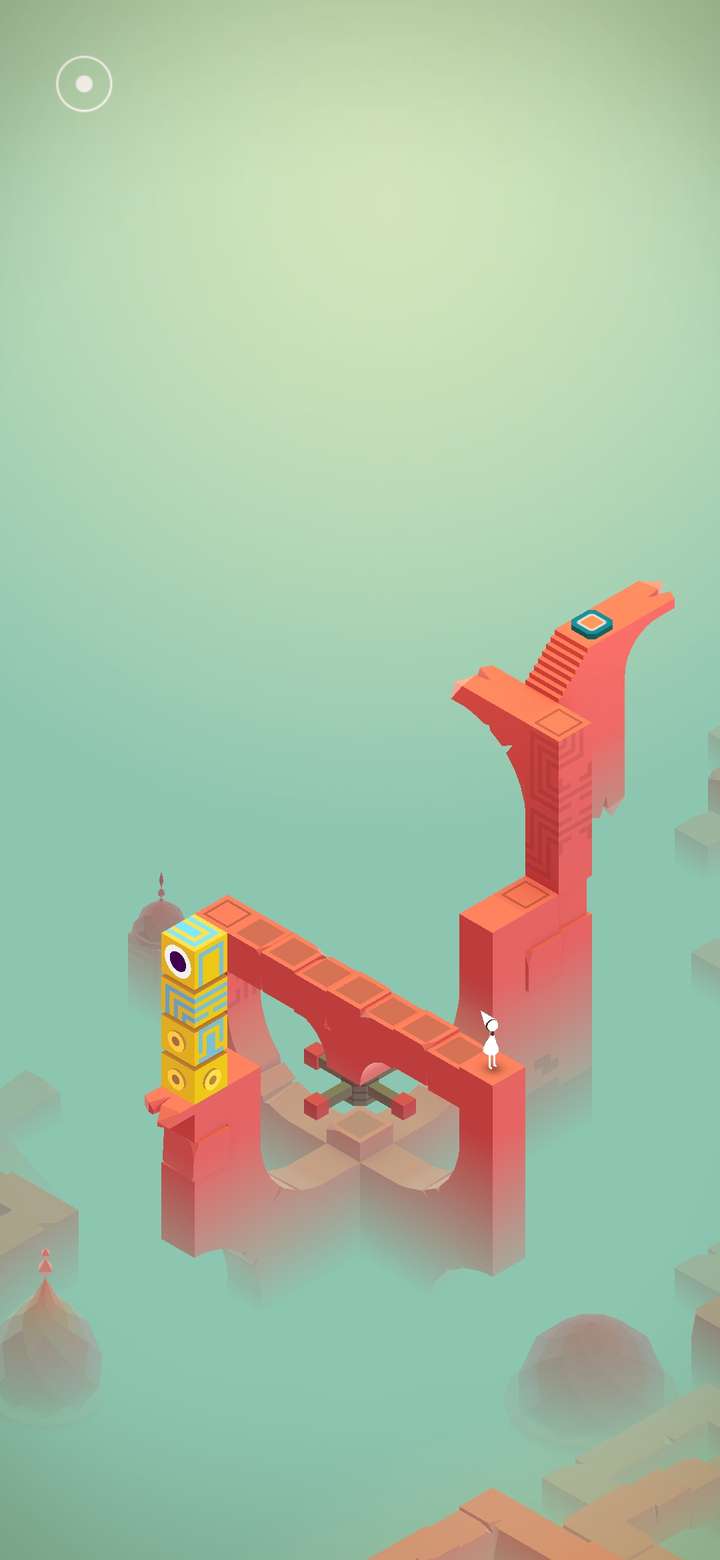
Use less brain and trust your eyes

The first type of perpetual motion machine
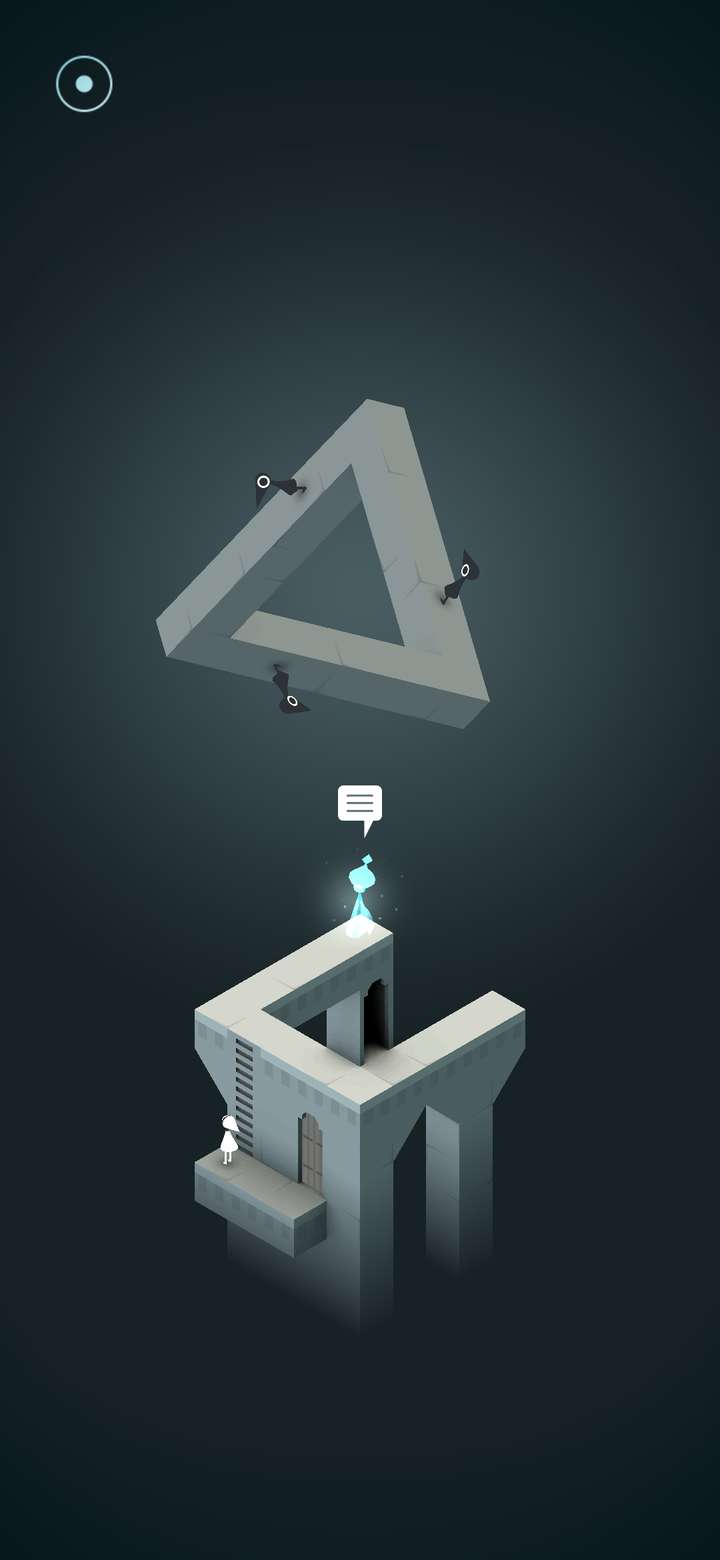
Penrose triangle
About Totems
Totem is a companion added in the middle of the game, which can be used vertically to build a ladder and horizontally to build a bridge (in DLC, players can also play LEGO…). Anyway, without totems, Ada would not be able to return all the geometry, and our game would also have a lot less experience.
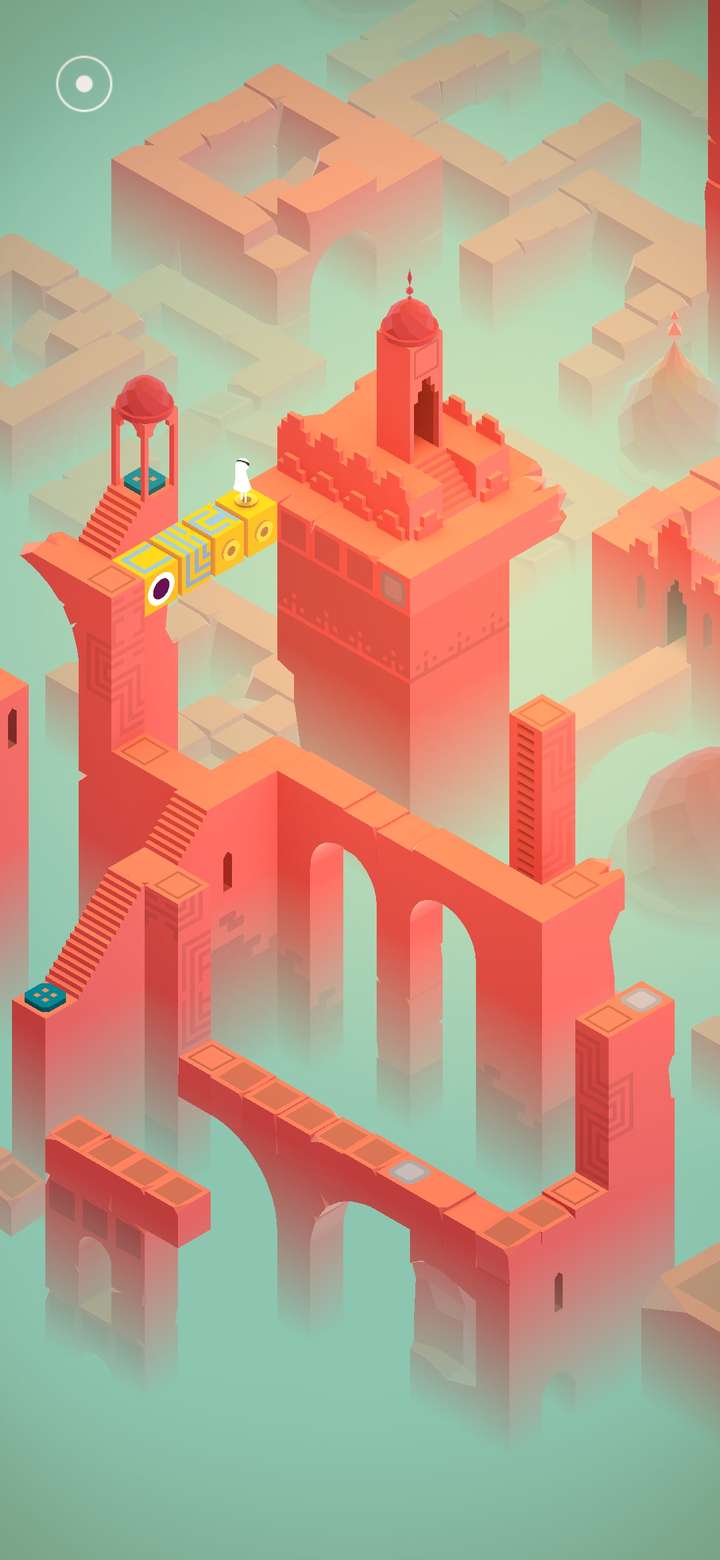
Know how many uses totems have?
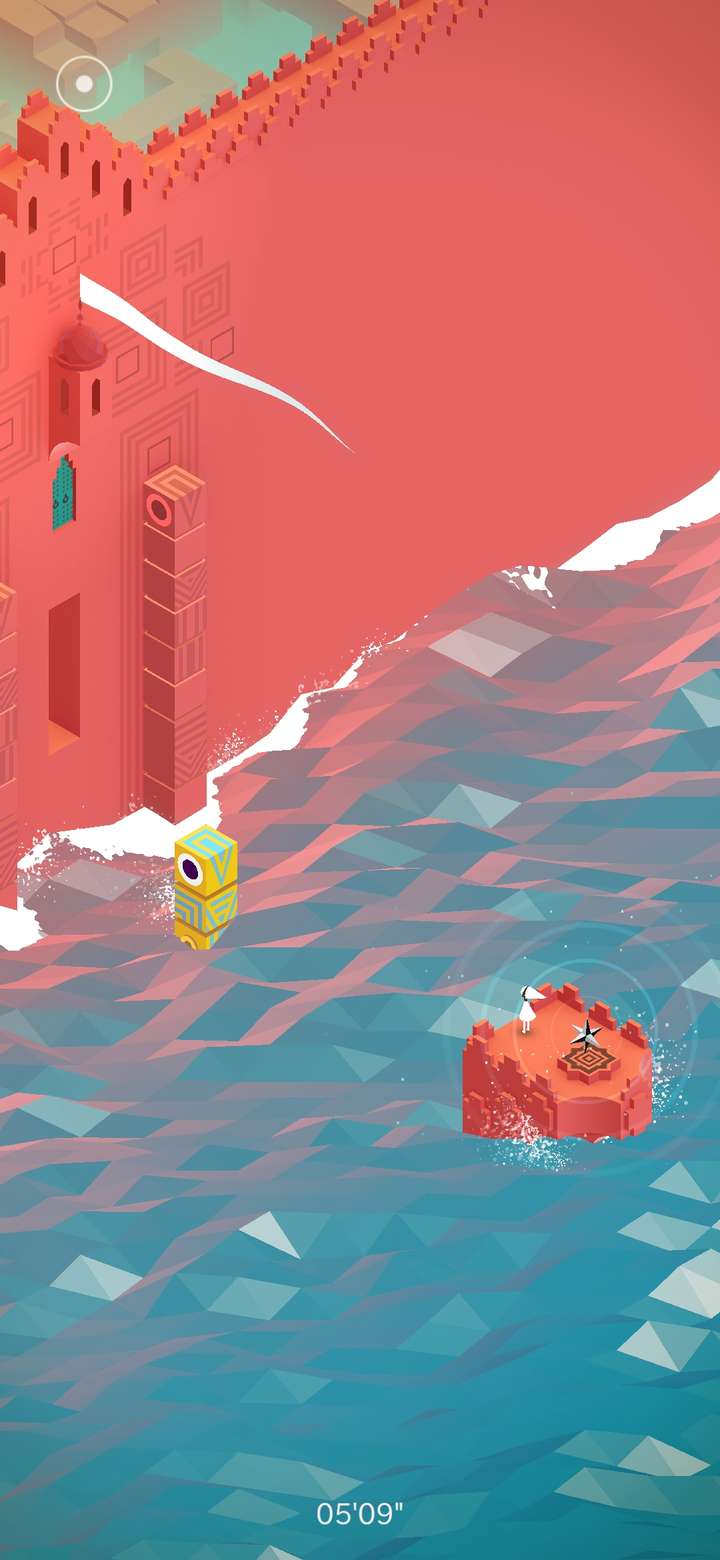
The totem chased out and gradually drowned out, feeling a bit uncomfortable
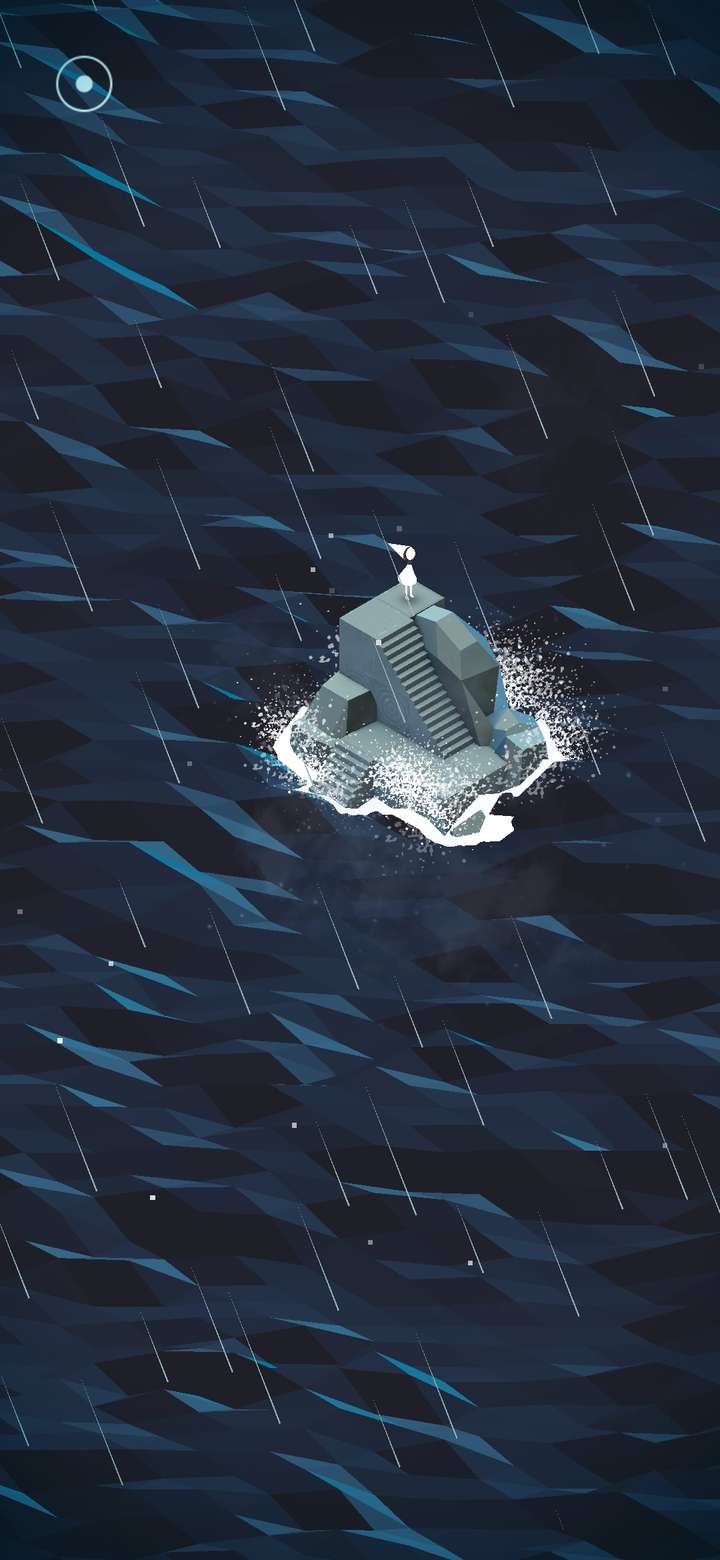
Chapter IX The Descent
In which there is nobody left to forgive us.

At the moment when the totem reappeared, the sky cleared up
Written behind
The theme of the game is return and loneliness. Here are the game themes described by the main designer Ken Wong:
(1). You don’t need to collect coins and stars, you don’t need to eat a bunch of things that can make you stronger, all you need is to return items to the monument.
(2). Similarly, as a journey, this game focuses more on walking and experiencing, rather than fighting all the way and bravely killing enemies.
(3). The architectural space is full of illusions, and those buildings are far from as simple as they appear on the surface.
(4). From a different perspective, you will see another world.
(5). This is a game full of loneliness, with beautifully designed graphics, but the protagonist walks alone in a deserted building.
When Monument Valley was first released, I played the pirated game and been attracted. After many years, I bought official one and cleared it again. The game to some extent changed my understanding of the game and made me want to get involved in game production. For me personally, it is quite meaningful. Games should be the ninth art, not just carefully packaged products that cater to the market.
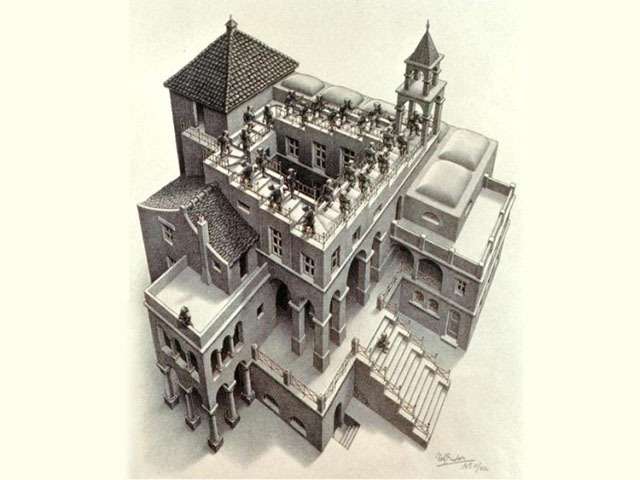
Escher's Famous Painting "Ascension and Descent" - Inspiration for Ken Wong's Design of Visual Misalignment and Neglecting Gravity and Other Gameplay
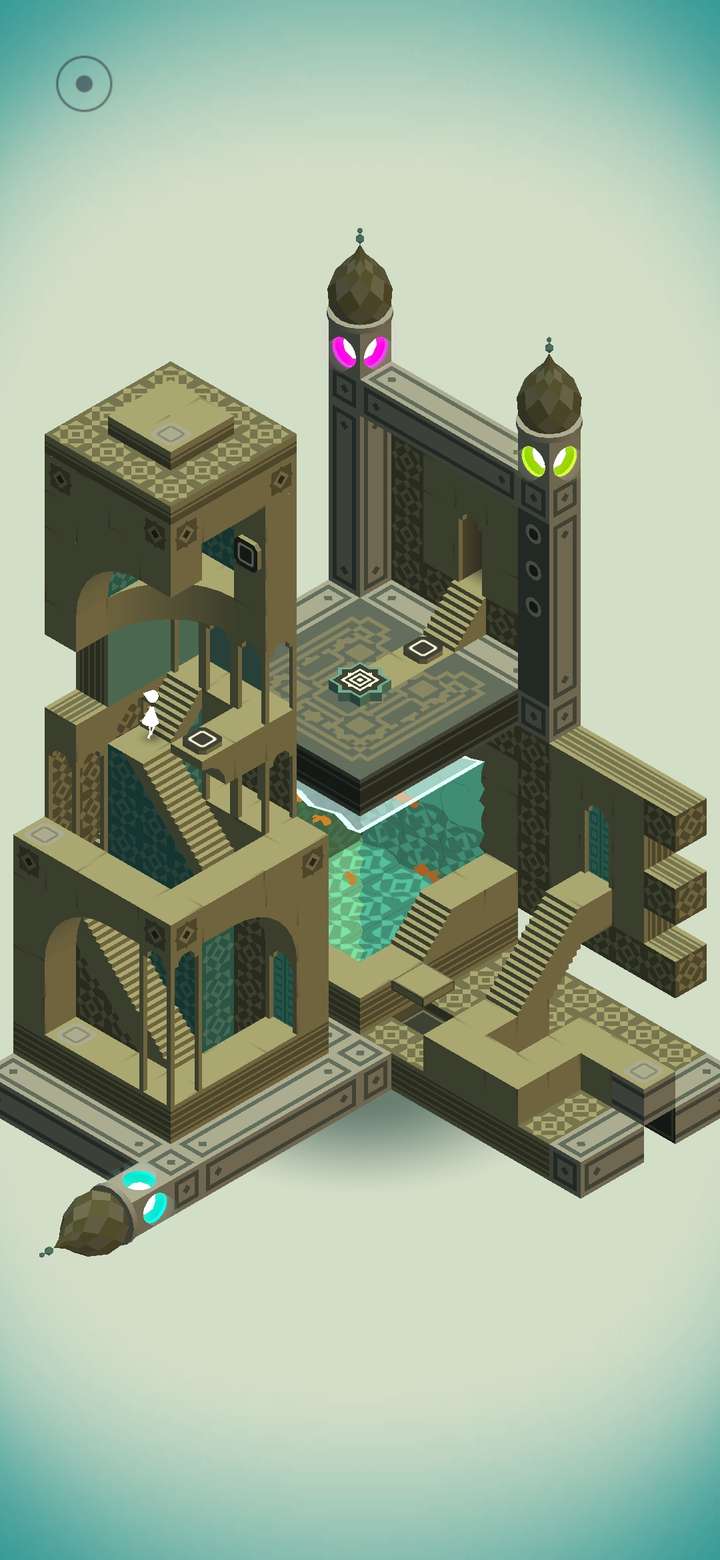
Chapter VIII The Box
In which there lie strange delights.
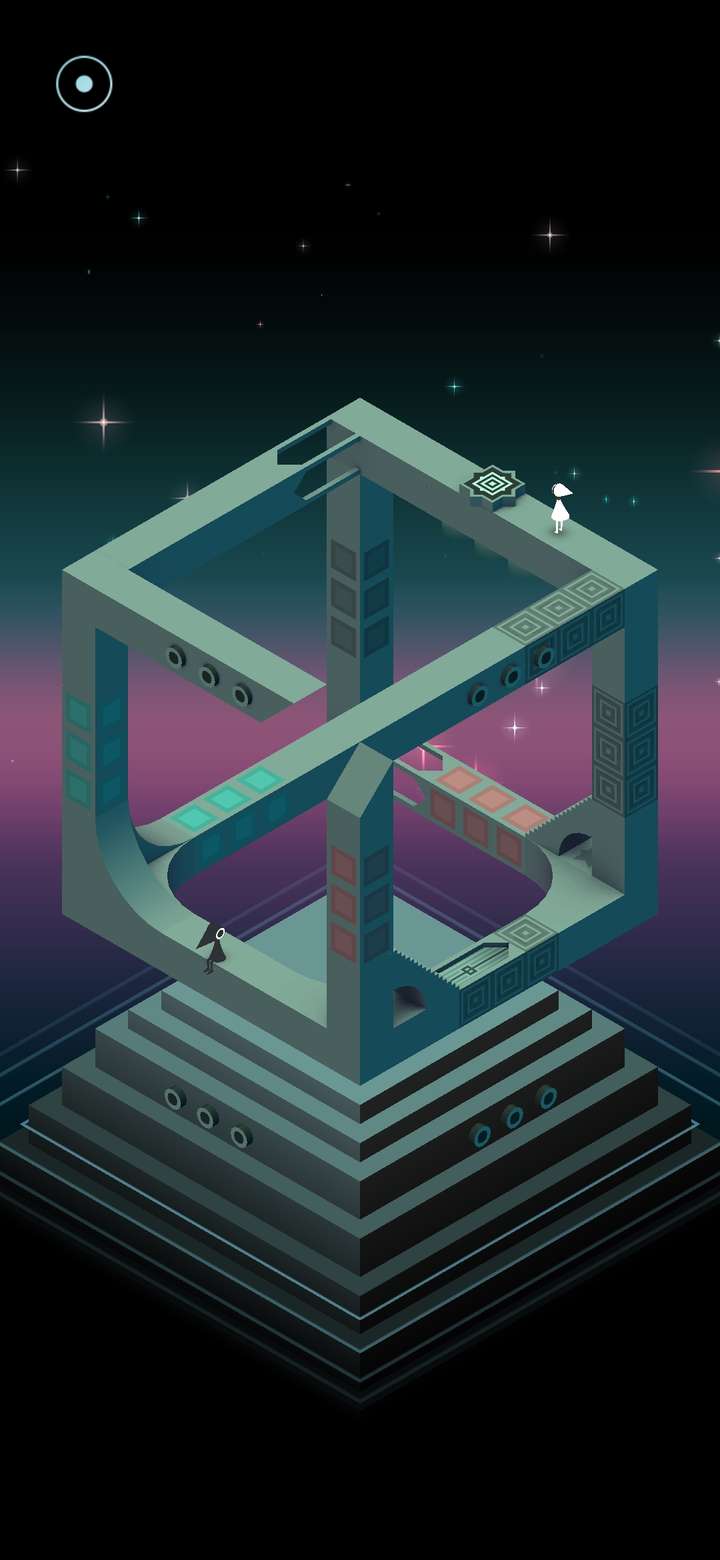
Chapter X The Observation
In which at journey's end what was not meant for us is all returned.



